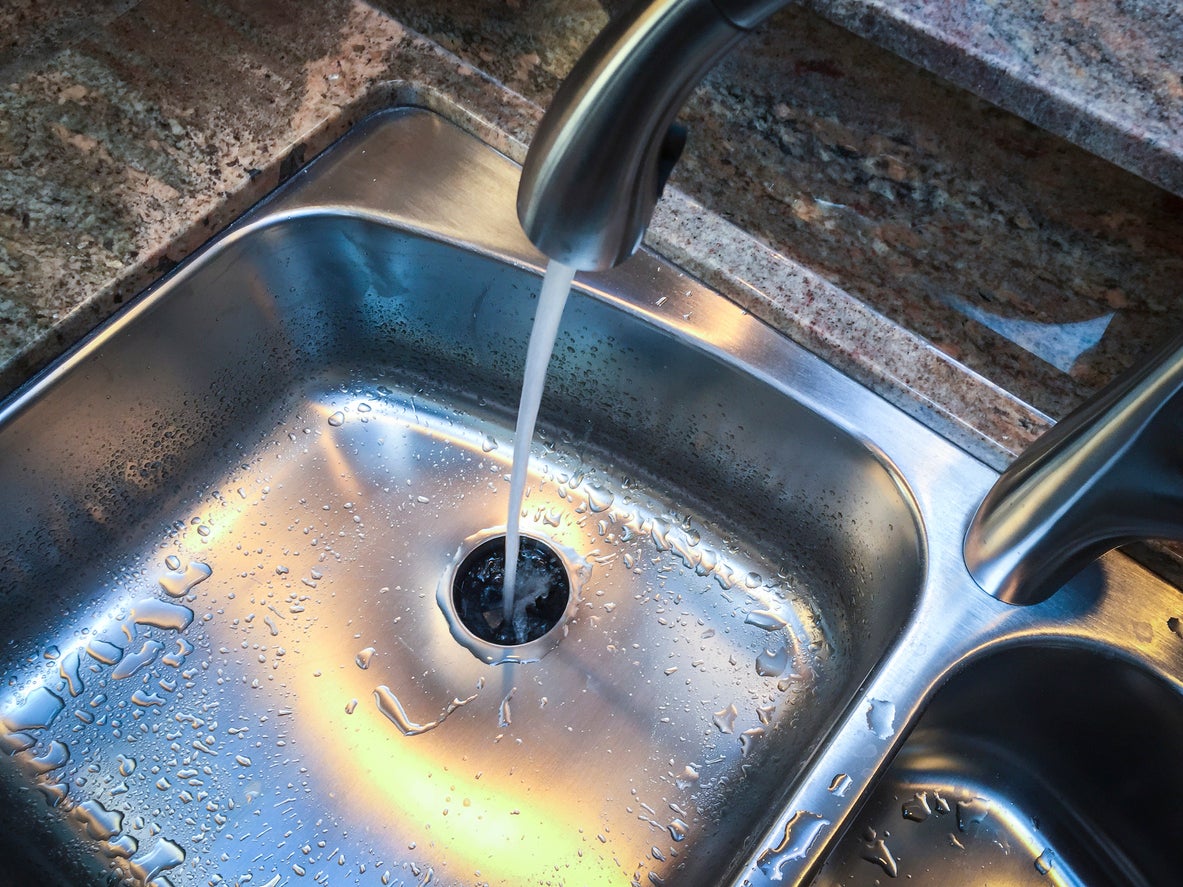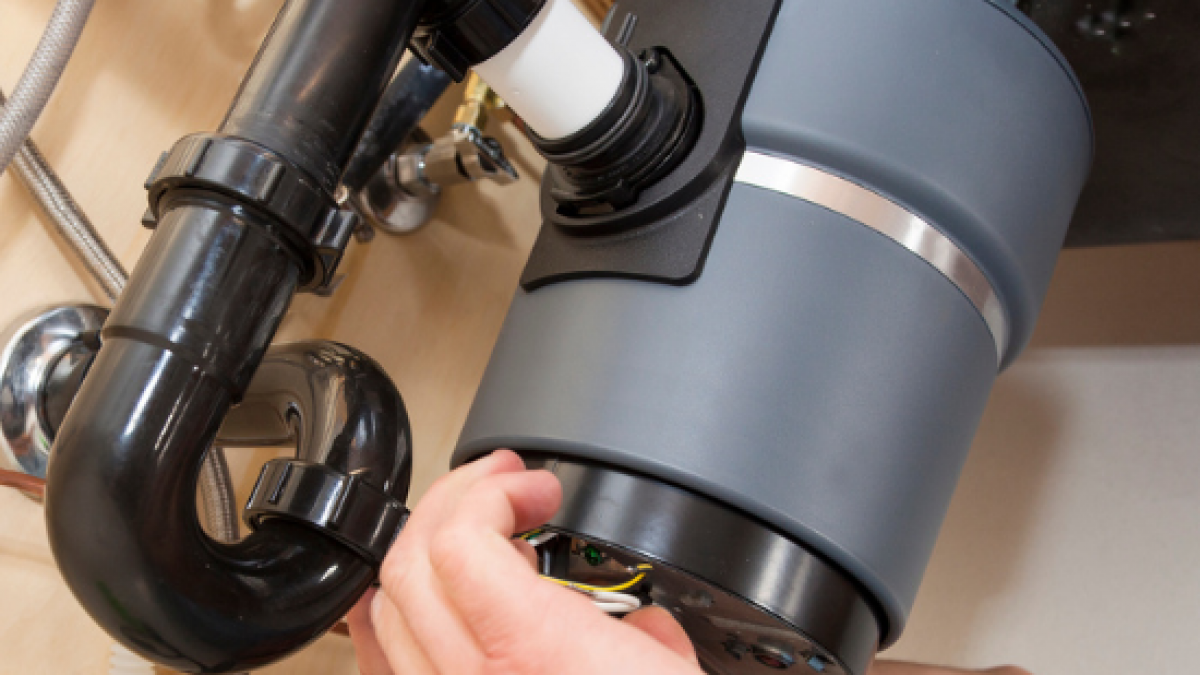The article below involving Why Is My Garbage Disposal Leaking From the Bottom? is indeed captivating. Have a go and draw your own findings.

Garbage disposals are important kitchen area devices that assist in throwing away food waste effectively. However, a leaking garbage disposal can be a frustrating and unpleasant issue to handle. The good news is, numerous leaks can be dealt with conveniently with a couple of basic steps. In this article, we will review how to repair a dripping waste disposal unit properly.
Introduction
Waste disposal unit are mounted under kitchen sinks and are developed to shred food waste into smaller sized items, allowing it to travel through the plumbing system easily. While these gadgets are usually trustworthy, leaks can occur gradually due to wear and tear, loosened connections, or damage to the device.
Typical Root Causes Of Leaks in Garbage Disposals
Worn Seals and Gaskets
Seals and gaskets play an essential role in stopping water from dripping out of the garbage disposal. In time, these elements can weaken, bring about leakages around the disposal system.
Loose Links
The connections in between the garbage disposal and the plumbing system can become loose over time, creating water to leak out during operation.
Cracks or Openings in the Disposal System
Physical damages to the waste disposal unit, such as fractures or openings in the housing, can additionally lead to leakages.
Recognizing the Source of the Leak
Prior to trying to take care of a leaking waste disposal unit, it is necessary to determine the source of the leakage. This can usually be done via aesthetic examination or by conducting basic tests.
Visual Inspection
Inspect the waste disposal unit device meticulously for any kind of indicators of water leakage. Pay close attention to locations around seals, gaskets, and connection factors.
Evaluating for Leakages
One way to evaluate for leakages is by running water via the disposal device and looking for any type of noticeable indications of leakage.
Tools and Products Needed for Dealing With a Dripping Waste Disposal Unit
Prior to starting the repair procedure, collect the needed tools and products, including a screwdriver, adjustable wrench, plumbing professional's putty, substitute seals or gaskets, and epoxy or patching material for fixing cracks or holes.
Step-by-Step Overview to Taking Care Of a Dripping Waste Disposal Unit
Switch off the Power
Prior to attempting any kind of repairs, make certain that the power to the garbage disposal unit is switched off to avoid the threat of electrical shock.
Find the Leak
Recognize the specific area of the leakage and identify the reason.
Tighten up Links
Utilize a wrench to tighten up any loose connections in between the disposal device and the pipes system.
Change Seals or Gaskets
If the leakage is because of worn seals or gaskets, get rid of the old components and replace them with brand-new ones.
Patching Splits or Openings
For splits or holes in the disposal system, usage epoxy or an appropriate patching material to secure the broken area.
Checking the Garbage Disposal After Repair Work
When the repair is complete, evaluate the waste disposal unit by running water through it to make sure that the leakage has been resolved.
Preventive Upkeep Tips to Avoid Future Leaks
To avoid future leaks, it is essential to do routine upkeep on your waste disposal unit. This includes maintaining it tidy, avoiding putting non-food items or hard objects down the disposal, and periodically checking for leaks or various other issues.
Conclusion
To conclude, taking care of a leaking waste disposal unit is a reasonably simple process that can be finished with basic devices and products. By adhering to the actions outlined in this short article and practicing precautionary upkeep, you can keep your waste disposal unit in good working condition and avoid pricey repair services in the future.
What to Do About a Leaking Garbage Disposal
A leaking garbage disposal often goes unnoticed until you confront a sopping cabinet, a foul-smelling puddle, or an audible drip-drip-drip from the unit. The fix can be frustrating, too, because the leak can stem from a number of components in the system. Fortunately, with a little sleuthing, you can zero in on the leak and—depending on the exact location—stop the icky oozing and repair the component that caused it. Worst case scenario, if it turns out that the garbage disposal must be replaced, installing a new one is a reasonable do-it-yourself task for those with basic plumbing skills. Read on to keep the cash you’d otherwise hand over to a pro.
Prepare to find the leak
Prior to testing the garbage disposal for leaks, unplug it at the wall outlet and turn off the power from the breaker box to prevent electrical shock. Then insert a watertight sink stopper into your sink drain and wipe the unit dry with a clean cloth. In any handy container, mix a few drops of food coloring into a few cups of water, and pour the dyed water onto the sink stopper to help you locate the leak.
Investigate the source
the top, where the disposal meets the sink drain the side, where the dishwasher hose or main drain pipe connects to the disposal or the bottom of the unit Inspect each of these locations while gliding a light-colored rag over the unit; the dyed water will readily show on the rag and reveal the location of the leak. If a leak isn’t immediately apparent, remove the sink stopper and pour a few more cups of dyed water down the sink drain, then check for leaks again. Leaks near the top of the unit are more likely to show themselves while the sink is plugged, while side and bottom leaks are more noticeable while the sink is unplugged.
The metal sink flange that sits directly inside the sink drain is typically sealed around the top with plumber’s putty (a clay-like sealant) and then secured from under the sink with bolts. If the plumber’s putty deteriorates, or the bolts loosen, the flange can no longer form a watertight seal between the sink drain and the disposal—which could cause a leak at the top of the unit.
To reseal the leaky flange, you must first detach the garbage disposal. Start by loosening the screws securing the main drain pipe to the disposal, then loosen the screws in the metal clamp securing the dishwasher hose to the disposal and detach the drain pipe and dishwasher hose from the disposal. Loosen the screws in the mounting ring that connects the disposal to the metal mounting assembly beneath the sink, then pull down the disposal and carefully set it on a clean, dry surface. Loosen the bolts in the mounting assembly with a wrench, then pull down the mounting assembly and set it near the disposal.

As a serious reader about Why Is My Garbage Disposal Leaking From the Bottom?, I think sharing that topic was important. Liked our content? Please share it. Help someone else check it out. Thank-you for your time spent reading it.
Details Here